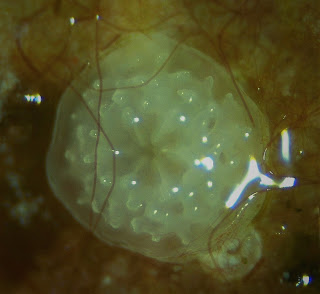Friends, some of you might remember that last January, Kharis and I had a film crew follow us around on a field trip. We were in the high Arctic, and a team from South Florida PBS joined us to produce an episode of their program, Changing Seas . Well, mark your calendars, because the episode is set to premier next week! I just saw a draft cut, and I am so excited for the episode to go live! The premier is scheduled for next Wednesday, June 28, at 8:30 pm EDT . If you live in south Florida, you can tune to your local PBS station. For anyone outside that broadcast area (including me), the episode will be streamed simultaneously on YouTube. Search for ChangingSeasTV . I will post a direct link to the video on this blog as soon as I have one. Our episode is called "Life in the dark: the polar night." It covers the history and life of the research station, polar biology, our research, and the broader context of climate change in the Arctic. I will be on YouTube during the pr...


